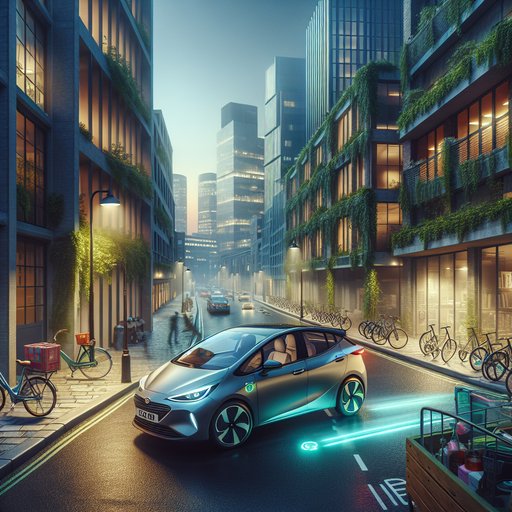
We spent three days running a 2025 Toyota Corolla Hybrid LE through dense downtown traffic, tight garages, and back-to-back curbside parks to see how this compact handles the realities of urban living—maneuverability, parking ease, and real-world fuel economy included.
Our test car was a 2025 Toyota Corolla Hybrid LE (FWD) with Toyota’s 1.8-liter Atkinson-cycle four mated to dual motor-generators and an eCVT, rated at 134 hp. On 16-inch wheels with 205/55R16 tires, the Corolla measures just under 183 inches long and about 70 inches wide, with a curb-to-curb turning circle of roughly 35.6 feet. Toyota Safety Sense 3.0 is standard, bringing automatic emergency braking with pedestrian detection and lane tracing assist. Testing covered 104 urban miles over three days in a downtown loop with frequent stoplights, alley turn-ins, and a multi-story garage featuring narrow, spiral ramps.
Temperatures ranged from 68–82°F; the A/C stayed on, and we carried two adults plus camera gear. We performed 18 parallel parks into spaces between 15–18 feet and executed repeated three-point turns on residential streets to stress low-speed control. Maneuverability is a strong suit. The steering is light at parking speeds yet accurate off-center, and the short front overhang makes nose placement easy when peeking out from between SUVs.
The 35.6-foot turning circle lets the Corolla nab U-turns on most two-lane streets without backing up. Throttle tip-in is gentle but responsive; the hybrid’s electric assist makes 0–30 mph feel sprightly even if 0–60 sits in the mid-9s. The eCVT holds low speeds smoothly, and “B” mode adds regenerative deceleration for downhill control. Visibility is good forward and to the sides; the A-pillars aren’t excessively thick for this class.
The rear window is on the smaller side, so the standard camera is appreciated—its guidelines are accurate and the image is clear in low light. Our car had blind-spot monitoring with rear cross-traffic alert; both proved useful in tight, angled exits. In a 16-foot curb space, the Corolla fit with a single correction thanks to short overhangs and predictable steering build-up. The compact footprint also eased the multi-story garage, where the car cleared 6.6-foot-wide ramps without wheel rubs.
City fuel economy impresses. Against an EPA combined figure in the low 50s (trim-dependent), we recorded 51.2 mpg indicated and 49.6 mpg calculated at the pump across the full 104 miles, with an average speed of 21 mph and frequent stop-and-go. The hybrid system often glided on electric power at neighborhood speeds, and transitions between regen and friction braking were smooth after a brief acclimation; pedal feel is linear, with no grabby handoff. Ride quality is compliant over potholes on the 16s, and cabin noise is subdued below 40 mph, rising modestly on coarse surfaces.
Overall, the Corolla Hybrid is exceptionally well-suited to urban duty: compact dimensions, a tight turning circle, easy parking manners, and standout city mpg. Acceleration is adequate rather than eager once past 30 mph, and the rear view is merely average, so budget for sensors if they’re not standard on your trim. For city dwellers, stick with the 16-inch wheels for ride comfort, and the LE or SE Hybrid trims for best efficiency. If you crave quicker bursts or more cargo, consider a turbocharged rival or a hatchback, but for city practicality per gallon, this is a benchmark.












